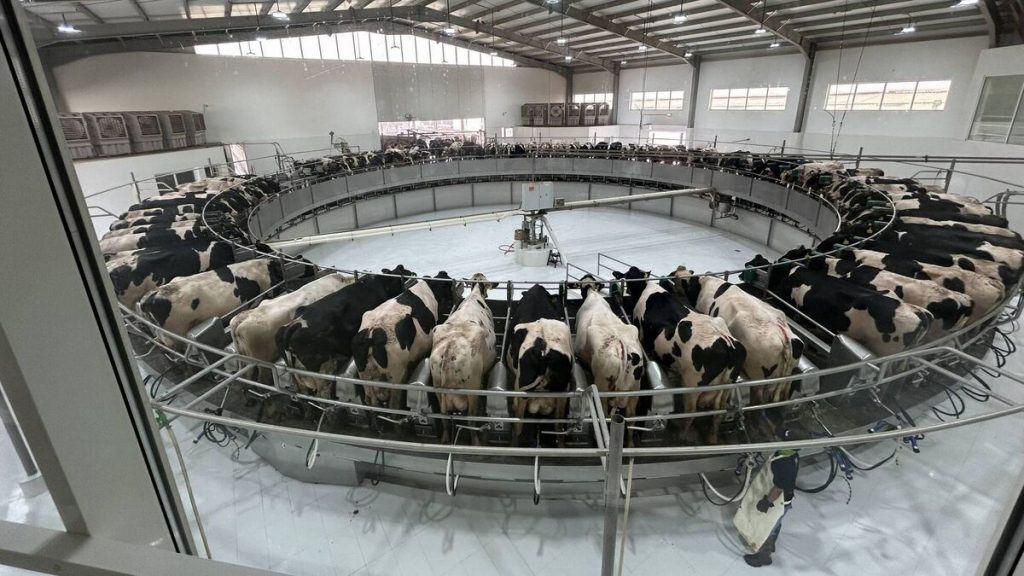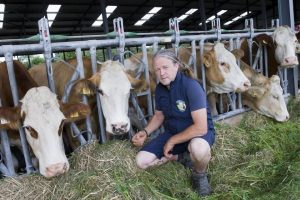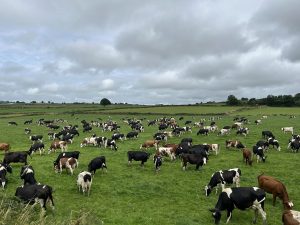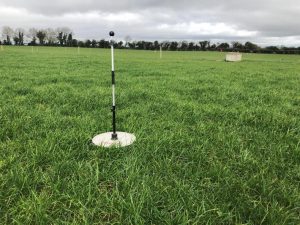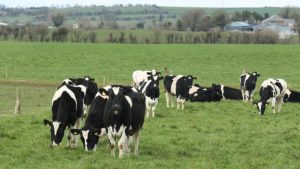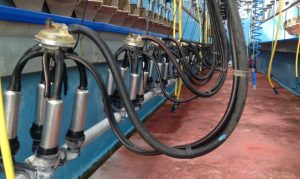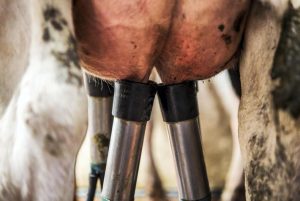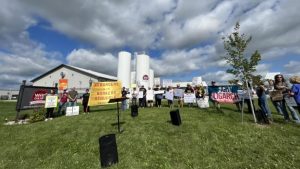
When you think of Dubai and the Middle East, the first thing that comes to mind isn’t 50,000 dairy cows in the middle of the desert. But the growing desire for fresh dairy products in Dubai has presented the need to develop domestic dairy production instead of relying on imports.
A growing, diverse population drives demand
The rapidly increasing population of the region’s largest cities, including the UAE’s opulent and rapidly developing city of Dubai, is creating a drive for expansion on the farms in the area. The high proportion of expats living in the UAE traditionally consume more dairy than locals do, and this has a big impact, with growing demand for fresh milk, cheese, yogurt and other dairy products.
Despite the difficult climate and limited natural resources, the UAE has developed a thriving dairy industry. There are not very many farms, but those that exist are very professionally run and generally have anywhere from 1,000 cows to 8,000 cows on one site, with a few smaller farms having 500 cows.
An Irish perspective
Over the past few months, I have been lucky enough to travel to the UAE through my work at Alltech to get an insight into how farms, in particular dairy farms, operate out here. It is a unique experience being able to live in the busy city of Dubai but still working on-farm every day with large herds that are situated in the desert only a few hours’ drive away.
 Forages are shipped and trucked in from regions as far away as Australia and North and South America and are supplemented with imported cereals and grains.
Forages are shipped and trucked in from regions as far away as Australia and North and South America and are supplemented with imported cereals and grains.In some ways, the UAE feels about as different from Ireland as you can get — but the Irish influence on dairy farms here is striking. There are a number of Irish farm managers, part of a strong Irish community in the area. Other European nations, and also the US, have an influence as well.
Protecting against heat stress
Dairy farming in the desert requires a blend of modern technology and traditional practices, with a strong focus on standard operating procedures to ensure that everything runs smoothly.
The systems have adapted to the unique challenges of the desert environment.
As I write this, it is 42°C, with humidity at 50%. As is often the case, heat stress is the biggest challenge here at the moment, and it requires a lot of infrastructure just to maintain cow comfort. Farms use misting systems called Korral coolers, as well as fans, to maintain a suitable environment for the cows. Korral coolers are the most efficient way of cooling cows.
These are air-over-water systems that spray a cool mist onto the cows to cool them down.
Currently, even with temperatures so high, it is possible to maintain indoor temperatures under 25°C.
Cows are bedded on sand, as it is the most available resource and works very well in the systems here. They are housed in open lots, and each pen has an indoor area and a large open lie-back. Since the Korral coolers get the sand wet, the practice is that three times per day, when the cows are gone to milk, the wet sand indoors is scraped out and the sand outside, now dried by the desert sun, is scraped back in. This keeps the cows very clean, as they are always living in dry sand.
In addition to day-to-day cooling practices, farms here take a long-term view to avoiding heat stress. For instance, while the cows calve all year round, the farmers try to have fewer born in summer. Since calves born in summer usually have lower birth weights, this planning serves a double purpose.
Feeding and watering
As for food, it is a high-input, high-output system, with cows being fed a diet high in starch and energy. Forages are shipped and trucked in from regions as far away as Australia and North and South America and are supplemented with imported cereals and grains. At some stages of the year, the diet is up to 60% concentrate, as intakes can drop during periods of heat stress.
Typically, this diet is a mix of crushed corn, cornflakes, crushed wheat, soya and beet pulp and wheat bran, with the main forages being alfalfa hay and Oat hay All feed is provided through a total mixed ration (TMR) at least four times per day, and it is pushed up and cleared out regularly. We also work closely with farms in the area to test their feed ingredients for quality and contamination.
Of course, in a desert environment, providing enough water is always a challenge. On the region’s dairy farms, it is sourced from state infrastructure. Some water comes from very deep wells, but most is desalinated seawater that is trucked in.
Bringing dairy products to market
Production is impressive on these farms, especially when you account for the level of expansion that has gone on over the past number of years, with cow numbers increasing and new infrastructure being constructed.
Milk supply is steady all year round. One of the local dairies that we support, for instance, ships on average 100,000 litres of milk every day. The herd average is currently nearly 13,000 litres, and cows are averaging 42 litres, with 3.43% butterfat and an average of 180 days in milk. All milk is produced for liquid-milk-type contracts where there is a minimum requirement of 3.4% butterfat. Anything over this, farms are not paid anything extra for, and there is no payment on protein.
Dairy farms in the UAE primarily cater to local and regional markets. Many of the larger farms have their own processing plants nearby and sell milk under their own brand in the shops. They do a good job of marketing dairy here, with small bottles of both plain and flavoured milk, as well as cheese and yoghurt, being front and centre at many shops.
A success story
The success of dairy farming in the UAE is a great lesson as to what can be achieved when there is a demand to be met. Despite brutally harsh desert conditions, the dairy industry here is booming, and it’s great to hear the plans the farmers have for expansion to meet the ever-increasing demand for dairy products in the region.
Thomas O’Sullivan, InTouch Feeding Specialist, Alltech
You can now read the most important #news on #eDairyNews #Whatsapp channels!!!
🇺🇸 eDairy News INGLÊS: https://whatsapp.com/channel/0029VaKsjzGDTkJyIN6hcP1K
